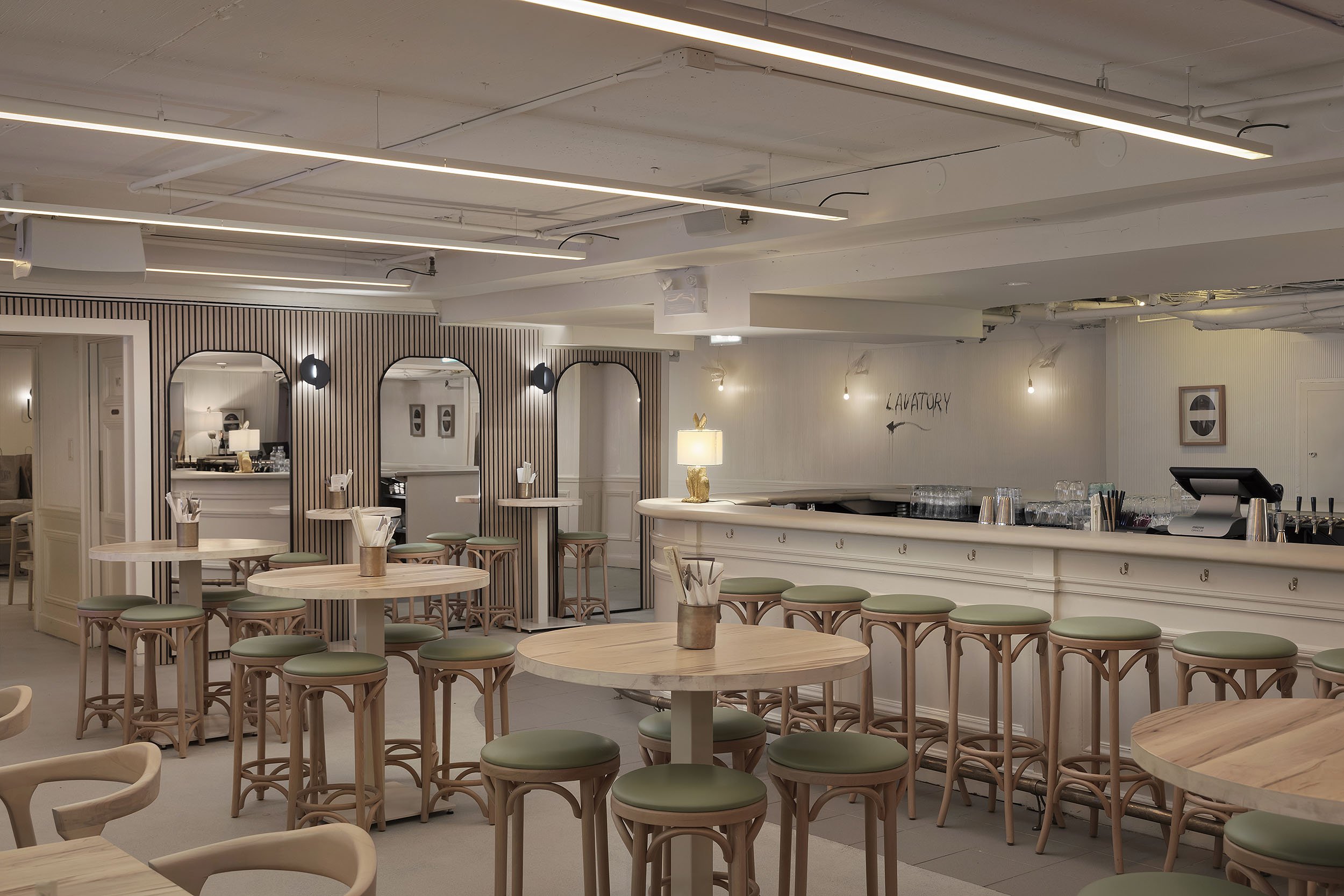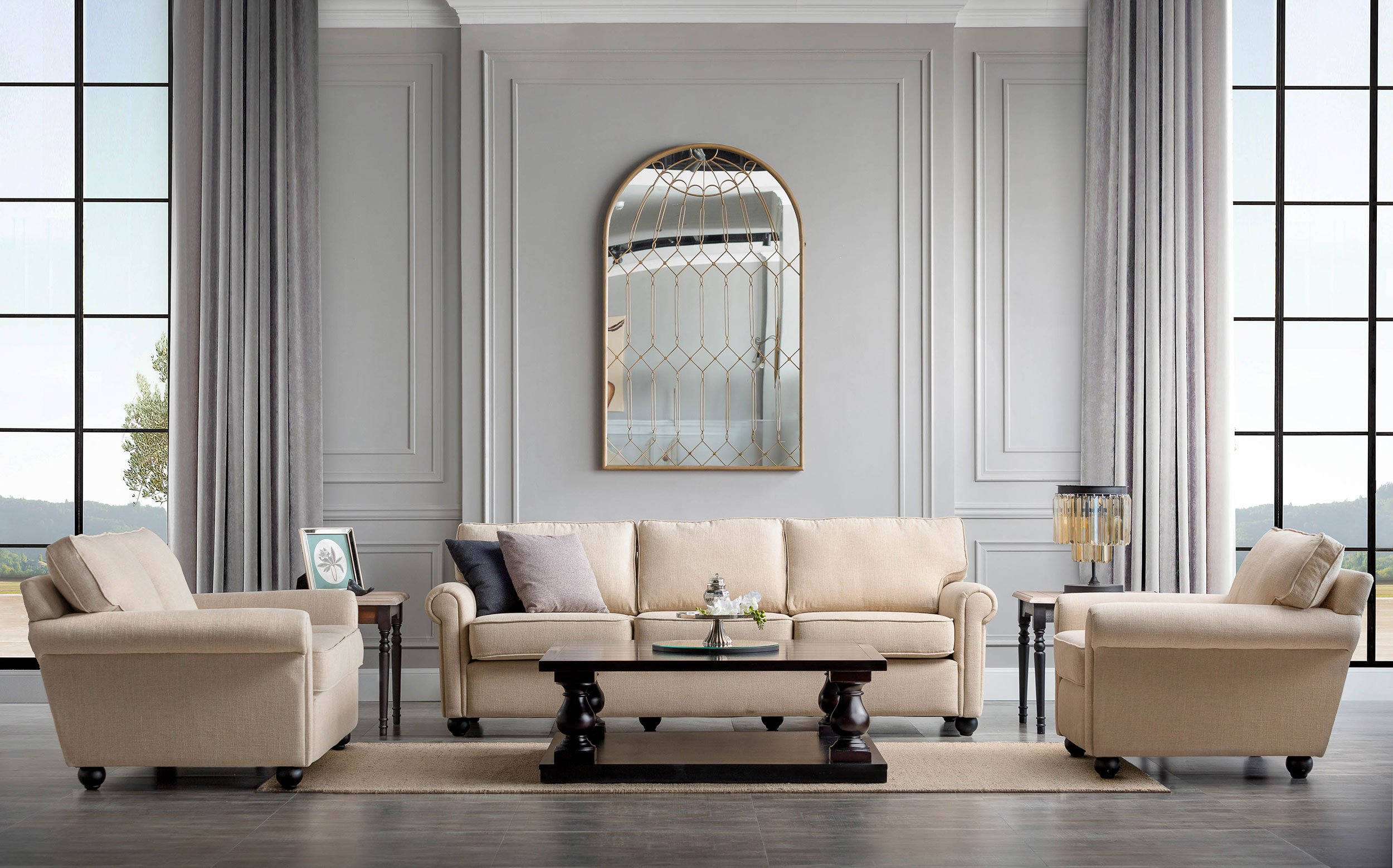Impactful Images: The Role of Interior Commercial Photography in Capturing Customer Attention
The Role of Interior Advertising Photographers in Brand Success
In today's fast-paced world, brands and businesses are constantly looking for new and innovative ways to capture the attention of their customers. One of the most important tools used in this endeavor is interior commercial photography. This type of photography not only helps showcase commercial spaces and environments but can also influence the emotions and decision-making processes of customers. In this article, we explore the role of interior commercial photographers and how this art can be used to drive the success of brands and businesses.
Interior commercial photography is where the art of photography merges with marketing and commercial advertising. The goal of this type of photography is to display an interior environment in a way that makes the viewer feel a connection with the space, thus ensuring the brand or product remains memorable. One city where interior commercial photography plays a key role in marketing strategies is Toronto. An interior advertising photographer in Toronto, with the ability to convey emotions and unique features of a space through images, plays a significant role in the success of brands in the city.
Definition of Interior Commercial Photography: Art and Marketing in One Frame
Interior commercial photography involves using images to promote spaces, products, or brands in indoor environments. Unlike regular photography, attention to detail and the design of the interior space is crucial. These images can include decor, retail spaces, restaurants, hotels, or even offices. The aim is to create an attractive and impactful image that conveys the brand's message to the audience.
Why Interior Commercial Photography Matters
In today’s digital world, customers often view online images before making purchases or choosing services. A professional image can grab a customer's attention and encourage them to choose your brand or service. This becomes even more important in commercial spaces where customers are looking for a unique and special experience.
The Role of Interior Commercial Photographers in Showcasing Commercial Spaces
An interior commercial photographer's job is not only to show the interior space well but also to creatively and attractively highlight its unique features. For example, a photographer can use proper lighting, creative framing, and precise angles to emphasize the impact of each area of the space. As such, close collaboration between interior designers, brand managers, and photographers is essential.
Key Techniques in Interior Commercial Photography
In interior commercial photography, every detail is of great importance. Some key techniques to consider include:
Lighting: Lighting is a vital element in photography. Using natural or artificial light can deeply influence the viewer’s emotions. For instance, soft, warm light can create a cozy and relaxing atmosphere, while cool, bright light is more suitable for modern and industrial spaces.
Composition: The arrangement of elements in the frame greatly impacts the beauty of the image. Following composition principles can help highlight important details and guide the viewer's eye.
Angle of View: Choosing the right angle for photographing each part of the space is critical. Sometimes high or low angles can create unique and visually appealing images.
The Importance of Choosing Decor and Furniture in Commercial Photography
Interior decor and furniture not only play a significant role in creating the right atmosphere but also have a large impact on commercial photography. Selecting the right furniture and decor can help photographers create more attractive images and convey specific emotions to the viewer. For example, in a restaurant, the use of wooden tables and chairs may evoke feelings of comfort and intimacy, while modern furniture can give a stylish and contemporary look to the space.
The Impact of Professional Photography on Branding and Corporate Identity
Interior commercial photography has a significant impact on shaping a brand's identity. Images that effectively showcase a brand can send the message to customers that your brand excels not only in the quality of its products or services but also in design and customer experience. These images directly influence how customers feel about the brand and can help distinguish your brand from competitors.
Comparing Interior Commercial Photography with Architectural Photography
Although both interior commercial photography and architectural photography relate to space and interior design, there are key differences between them. Architectural photography focuses more on showcasing the structure and physical dimensions of a building, while interior commercial photography primarily aims to convey emotions and influence the audience. Commercial photographers must be able to use elements like decor, lighting, and colors intelligently to best portray the space the brand wishes to convey.
Examples of Successful Projects in Interior Commercial Photography
In the real world, many brands use interior commercial photography as a key tool in their marketing strategies. For example, hotels and restaurants hire professional photographers to showcase their interiors and attract customers. These images not only highlight the beauty of the space but also convey the emotions and experience customers can expect from the environment.
Conclusion: How to Leverage Interior Commercial Photography for Business Success
Ultimately, interior commercial photography is a powerful tool for any brand that wants to build a deep and lasting connection with its customers. By using professional techniques and paying attention to details, it is possible to create a captivating and impactful space that not only enhances visual appeal but also drives sales and customer loyalty. Therefore, collaborating with professional interior commercial photographers can help brands stand out in today’s competitive world and solidify their position in the market.



Comments
Post a Comment